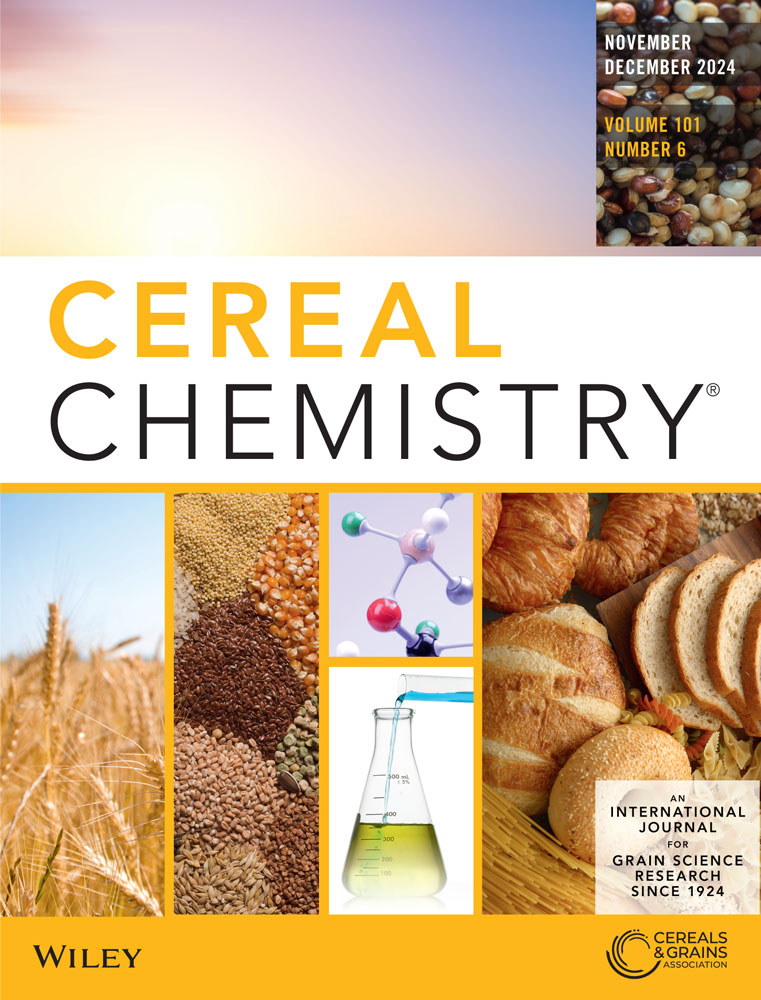Potential of a flatbed scanner for evaluation of flour samples for dark specks and flour color
Abstract
Background and Objectives
Flour color changes caused by contamination like fungal-damaged kernels can be determined by several methods, but many existing methods are time-consuming and require specialized training. In this study, a commercial flatbed scanner was used to quickly detect and quantify the abundance of black specks derived from smutty grains in wheat flour samples.
Findings
Our method easily classified flour samples into several categories, as clean flour, marginally clean, or contaminated, by using varied levels of %area-smut. From our set of calibration flour samples, clean flour samples were located below 0.025% area-smut. Marginal flours were defined as flours having %area-smut from 0.025% to 0.050%. Notably, contaminated flour had %area-smut greater than 0.05%. Moreover, the flour color brightness parameter (L) was determined using the scanner and was found to be inversely related to the %area-smut. In addition, the number of smutty seeds manually detected in 250 g whole-grain samples was correlated to the %area-smut found in the flour.
Conclusions
Therefore, this method represents a rapid and reliable way to distinguish clean flour from flour milled from wheat containing various levels of smut contamination.
Significance and Novelty
This method was developed and validated using wheat samples collected from the field and contained a range of smut contamination. Although specks could easily be detected and counted, we found that speck counts varied with scanner resolution setting. Therefore, an alternate parameter referred to as “%area-smut” was calculated and resulted in more consistent values per sample regardless of scanner resolution. Additionally, the flour color parameter, L*, was determined for each scanned image using imaging processing software. This color parameter, L*, was well correlated with those measured with a reference hand-held colorimeter.

 求助内容:
求助内容: 应助结果提醒方式:
应助结果提醒方式:


